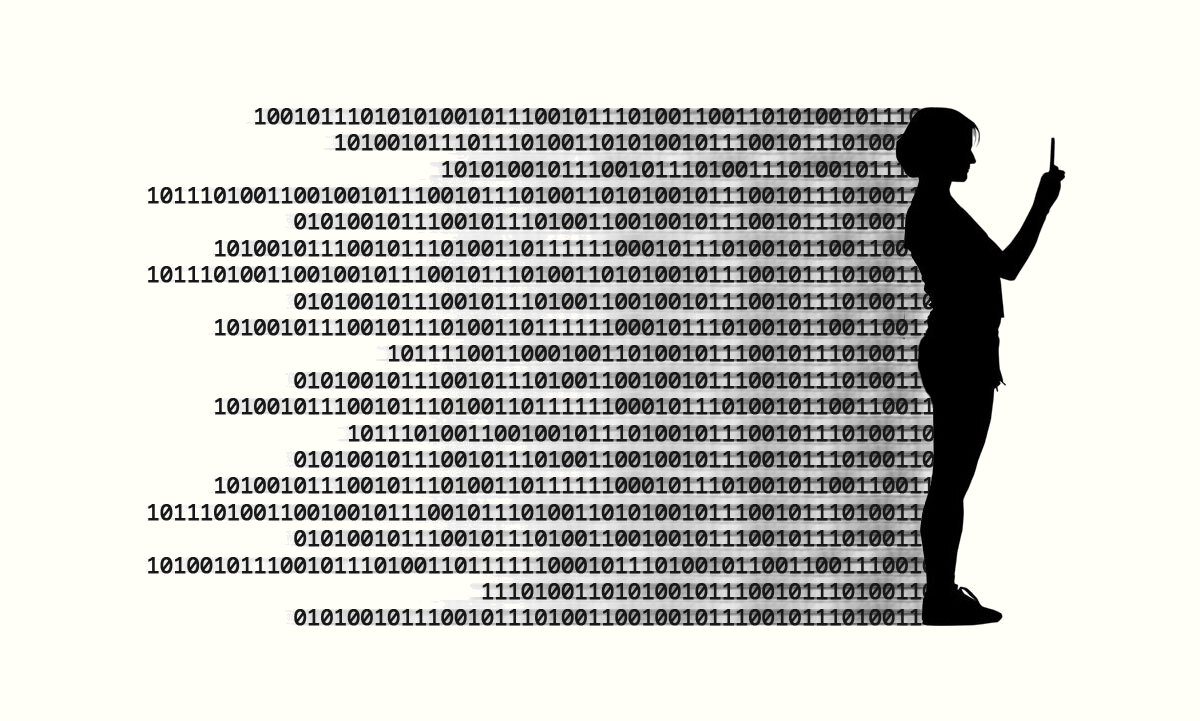UNITS OF INFORMATION
In computing and telecommunications, a unit of information is the capacity of some standard data storage system or communication channel, used to measure the capacities of other systems and channels. In information theory, units of information are also used to measure the information contents or entropy of random variables.

Units derived from bit
BIT: The smallest unit of data in a computer is called Bit (Binary Digit). A bit has a single binary value, either 0 or 1. In most computer systems, there are eight bits in a byte. The value of a bit is usually stored as either above or below a designated level of electrical charge in a single capacitor within a memory device.
Nibble: Half a byte (four bits) is called a nibble.

Byte: Historically, a byte was the number of bits used to encode a character of text in the computer, which depended on computer hardware architecture; but today it almost always means eight bits – that is, an octet. Are almost always used to specify the sizes of computer files and the capacity of storage units. Most modern computers and peripheral devices are designed to manipulate data in whole bytes or groups of bytes, rather than individual bits.
Octet: In
some systems, the term octet is used for an eight-bit unit instead of
byte. In many systems, four eight-bit bytes or octets form a 32-bit word. In such systems, instructions lengths are sometimes expressed as full-word (32 bits in length) or half-word (16 bits in length).
Kilobyte: A Kilobyte (kb or Kbyte) is approximately a thousand bytes (actually, 2 to the 10th power, or decimal 1,024 bytes).

Megabyte :As a measure of computer processor storage and real and virtual memory, a megabyte (abbreviated MB) is 2 to the 20th power byte, or 1,048,576 bytes in decimal notation.
Gigabyte: A Gigabyte (pronounced Gig-a-bite with hard G’s) is a measure of computer data storage capacity and is “roughly” a billion bytes. A gigabyte is two to the 30th power, or 1,073,741,824 in decimal notation.
Terabyte: A Terabyte is a measure of computer storage capacity and is 2 to the 40th power of 1024 gigabytes.
Petabyte: A Petabyte (PB) is a measure of memory or storage capacity and is 2 to the 50th power bytes or, in decimal, approximately a thousand terabytes (1024 terabytes).
Exabyte: An Exabyte (EB) is a large unit of computer data storage, two to the sixtieth power bytes. The prefix exa means one billion billion, or on quintillion, which is a decimal term. Two to the sixtieth power is actually 1,152,921,504,606,846,976 bytes in decimal, or somewhat over a quintillion (or ten to the eighteenth power) bytes. It is common to say that an Exabyte is approximately one quintillion bytes. In decimal terms, an Exabyte is a billion gigabytes.
Zettabyte:A Zettabyte (ZB) is equal to one sextillion bytes. It is commonly abbreviated ZB. At this time, no computer has one Zettabyte of storage. It has 1024 Exabytes.
Yottabyte: A Yottabyte is equal to one septillion bytes. It is commonly abbreviated YB. At this time, no computer has one Zettabyte of storage. It has 1024 Zettabytes.
BIOGRAPHY:
NORTON

No hay comentarios.:
Publicar un comentario